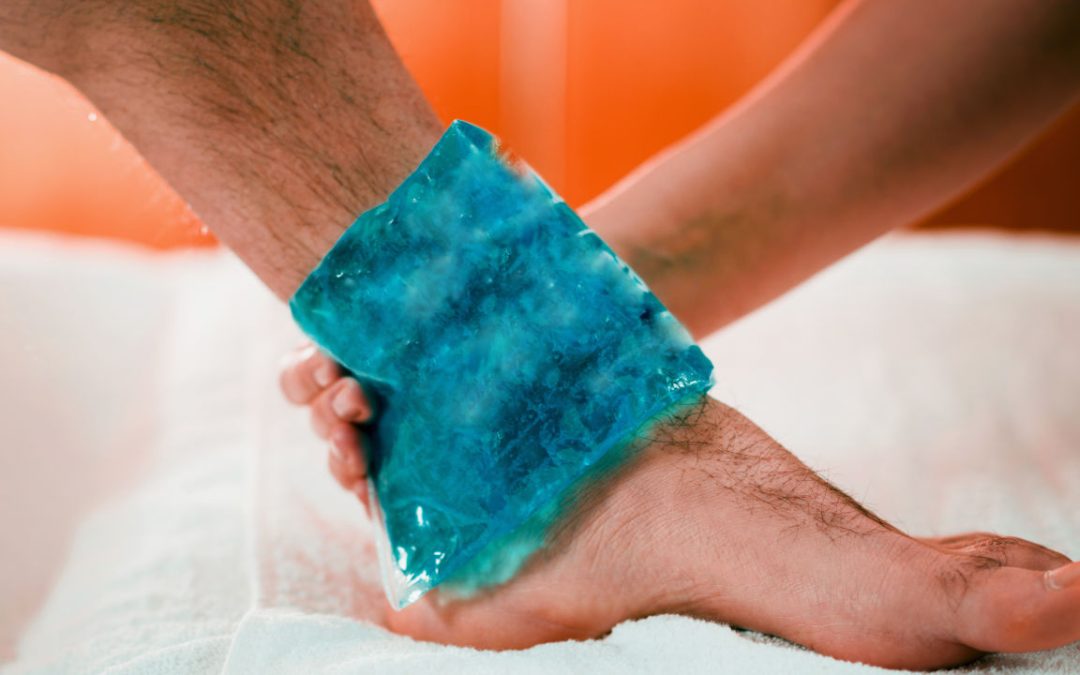As an alternative to ice packs and ice baths, the body is exposed to extremely low temperatures that range between -200°F and -256 °F in a technique known as Cryotherapy, sometimes known as whole body Cryotherapy (WBC).
Our Whole-Body Cryotherapy patients report a variety of advantages, such as “feeling refreshed,” “a sense of well-being,” “increase in sports performance,” and “having more energy.”
Can It Be Used For Gout?
For many years, people have utilized Cryotherapy as a form of treatment to help with pain relief and inflammation reduction. The body is chilled during the procedure using ice or cold air. All ages can utilize Cryotherapy, but gout sufferers have found it to be extremely effective.
Cells are killed by Cryotherapy, a procedure that uses extremely low temperatures. Doctor regularly use this therapy to treat illnesses like frostbite and psoriasis. Typically, controlled application of Cryotherapy is made directly to the afflicted area. Gout pain and swelling may be lessened with the use of this treatment.
The big toe, foot, or ankle are the most frequently areas effected by gout. Because Gout results from an overabundance of uric acid in the blood Cryotherapy can used to lessen the pain and discomfort experienced by patients with Gout. Additionally, Cryotherapy helps to increase blood flow to the injured area and may even work to stop gout attacks from happening again.
Does It Work?
Gout can be treated with Cryotherapy in a number of methods. Cryotherapy can be applied to the afflicted joint directly or to nearby tissues to cool them. Cryotherapy should be combined with other forms of treatment, such as natural supplement, diet, and physical activity, for the best outcomes.
Nevertheless, Cryotherapy typically has decreased pain, less bleeding, and a smaller risk of harming healthy tissue close to the aberrant cells than standard surgery. Because it doesn’t affect the healthy tissue as much as standard surgery, Cryotherapy can work for many Gout patients. However, there are other conditions to consider besides Gout when considering Cryotherapy as a solution to Gout symptoms.
What To Expect
Patients with gout who are experiencing pain and inflammation can benefit from Cryotherapy. Cryotherapy uses extremely cold temperatures to lessen pain and inflammation. Following Cryotherapy treatments, patients often feel a reduction in pain and inflammation. For those with gout, Cryotherapy can be a relatively affordable therapeutic option, and it might be a viable choice for some people who don’t respond well to conventional forms of treatment. Cryotherapy, however, ought to only be utilized as a last resort after all other options have failed.
Types Of Cryotherapy
Cryotherapy comes in a variety of forms, although it can be essentially split into two groups: cryosurgery and cold. In order to cure diseases like gout, arthritis, fibromyalgia, lupus erythematosus, and multiple sclerosis, cold Cryotherapy uses extremely freezing temperatures. Using a freezing chemical, tissues are frozen to minus 176 degrees Fahrenheit during cryosurgery to destroy them (minus 80 degrees Celsius).
Who Should Not Have Cryotherapy
People with the following conditions should not use Cryotherapy as a treatment: Pregnancy, severe Hypertension (BP> 180/100), acute or recent myocardial infarction, unstable angina pectoris, arrhythmia, symptomatic cardiovascular disease, cardiac pacemaker, peripheral arterial occlusive disease, venous thrombosis, acute or recent cerebrovascular accident, uncontrolled seizures, Raynaud’s Syndrome, fever, tumor disease, symptomatic lung disorders, bleeding disorders, severe anemia, infection, cold allergy, acute kidney and urinary tract diseases.
Summary
Gout-related pain that is both acute and chronic can be effectively treated with Cryotherapy. Cryotherapy comes in a variety of forms, so be sure to choose the best one for you. Cryotherapy may be something to consider if you’re seeking for a natural way to cure gout. It’s one of the best methods for treating both acute and ongoing gout pain.




